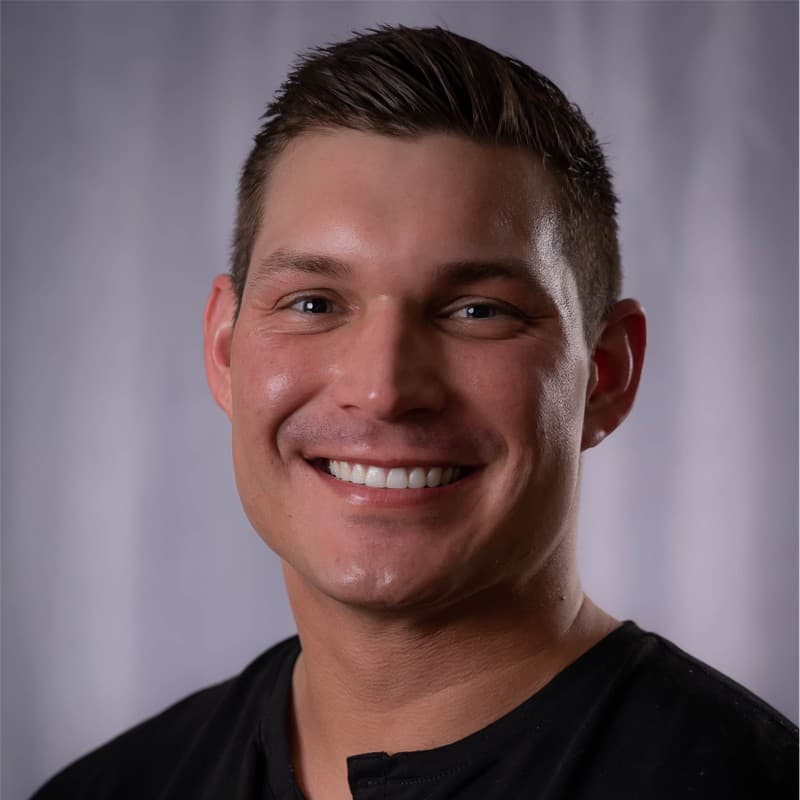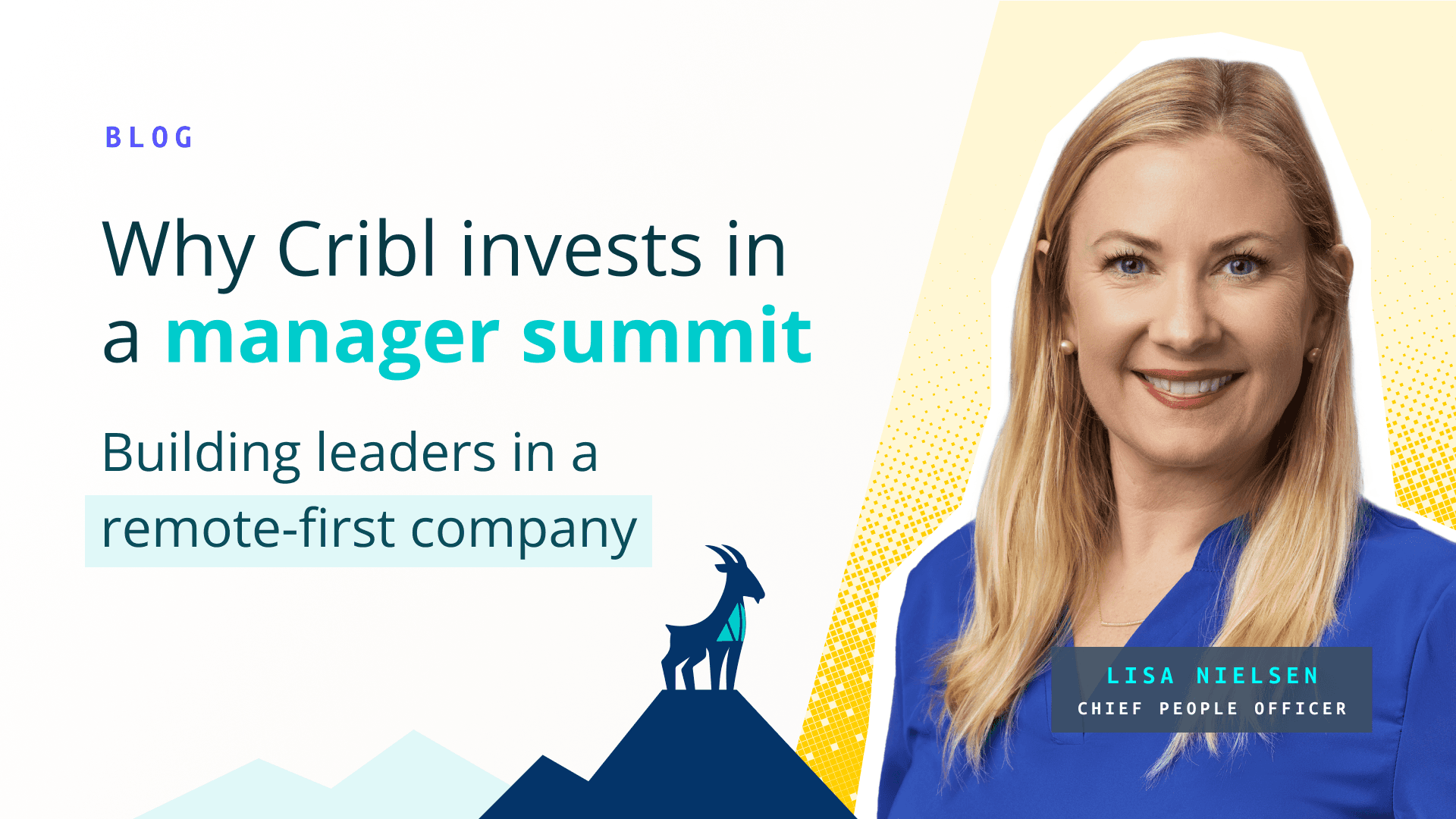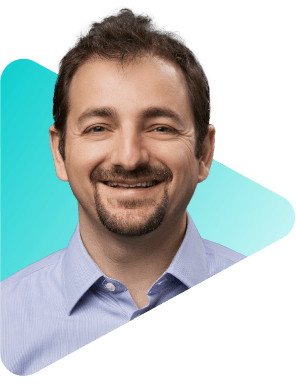Cribl was established with a single goal in mind: to create solutions that enable any organization to implement observability effectively. By providing customers with greater visibility and control, while maximizing the value of their existing tools. We’re challenging the status quo when it comes to observability and security data. We’re laser-focused on solving customer problems before we do anything else. Frankly, this is the place where you come to do your best work, challenge yourself, and reinvent how companies manage their data. It’s like Steve Jobs once said to John Sculley when recruiting him to Apple.
“Do you want to come with me and change the world?”
We’re aiming to change the world, so we’re looking for the best engineers in the world. Over the last year, we’ve made some changes to our interview process that allow potential new hires to not only interact directly with our team but also showcase more of their skills — all without the large time commitment that was required in the past.
Previously, we gave our candidates take-home exams or interview kits to work on, just like the traditional whiteboarding interviews for engineers. It turns out they’re not only time-consuming, but can also lead to biases. When you start interviewing somebody after their take-home, you naturally stop looking for their strengths and focus on their weaknesses.
This kind of confirmation bias gets in the way of discovering the most important thing we’re looking for in our candidates — the ability to creatively solve unique problems. With take-home exams, you’ll have no trouble finding people who check all the traditional boxes and fit into the mold of the typical engineer, but you may miss the really talented people along the way because the process doesn’t focus on their strengths.
Engineering is a Team Sport
Our engineers work in a collaborative environment, so it was important to us that our interview process reflected that. Of course, we want to find the most talented people, but all the technical prowess in the world does a team no good if you can’t work together, so we decided to bake the need for collaboration right into the interview process.
That’s why the first step involves pairing each candidate with one of our more senior engineers. Instead of just asking questions about different skills, they work together on a project with specific feature requirements and real bugs. This helps shift the tone of the conversation from “us versus them” to “how can we solve this together.” Instead of seeing what someone can do on their own, we work with that interviewee to figure out how we accomplish tasks together.
The pair programming environment allows us to see if someone is a cultural fit and gives us insight into the thought process behind their output. This helps us determine if someone can be trained further in the way we solve customers’ problems. Incorrect answers don’t always mean that someone can’t do the job — candidates who know how to approach problems and are open to learning also deserve to be considered.
Piecing Together Our New Structured Interview Process
Our inspiration for this shift in interviewing style came from a few different sources. In the past, Google used a process similar to the one we did, where they would give hardcore whiteboarding interviews or take-homes. Because that wasn’t yielding the results they wanted, they’ve since shifted to a process called Rework, involving structured interviews that turn out to be much more indicative of somebody’s ability to do well on the job.
The United States Office of Personnel Management also has a guide for structured interviews that improves the process for everyone involved. The new format makes things easier for interviewers by giving them a preconfigured set of questions to ask, removing the stress of potentially putting an interviewee into a corner or feeling unprepared to conduct the interview. Making the interviewer more comfortable puts both parties at ease, allowing them both to focus more on the task at hand.
The standardization of structured interviews also removes any bias in the questions that get asked of candidates and allows them to talk about their strengths instead of dancing around their weaknesses. We ask behavioral questions that show if there is alignment on cultural values and specific hypothetical questions about situations they would encounter on the job, instead of some of the ridiculous brain teasers that have plagued the tech industry for the last decade or so.
We really took the time to fully flesh out exactly what we were looking for in our candidates and built our interview process around that. The result has been less of a time commitment for both interviewer and interviewee, and more incredible people joining the team here at Cribl. If you’re interested in being a part of the crew, check out our open positions.







